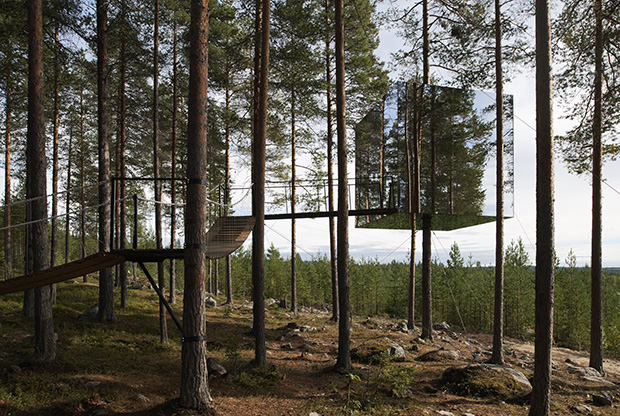
Take a look at these shiny, tiny buildings
Our book Nanotecture brings together some of the smallest built things, including these great reflective dwellings
In interior design, a mirror is often used to make a room look bigger. However, when it comes to architecture, shiny surfaces are more commonly employed to spirit away a building all together, as readers of our new book Nanotecture, can discover.
This 335-page title brings together some of the world's finest, tiniest built things, including this selection of mirrored structures, many of which use their reflective surfaces to blend into the natural environment, raise questions about the interface between our buildings and our surrounding landscape, or highlight just how little we truly need to shelter our bodies from the elemements.
Consider the mirrored Tree House (top picture), which is one of a series of ecologically sound structures that serve as part of a tree hotel complex in Harads, northern Sweden. Measuring just square metres, the building was built around the trunk of a pine tree in 2010, the aluminium-framed, reflective cube blends into its surroundings, while offering its guests great, panoramic views across this arboreal landscape, from the tree house’s roof terrace.
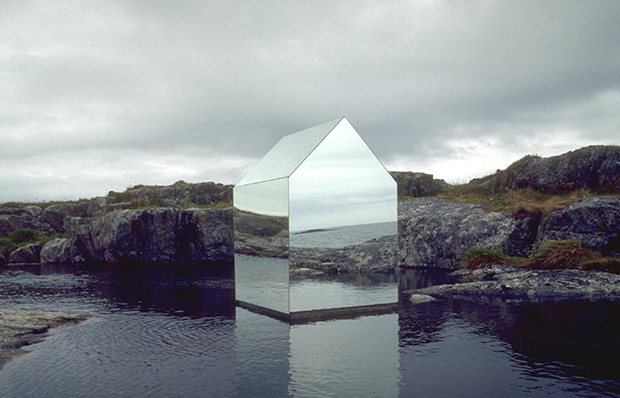
The Mirror House on the Isle of Tyree in Scotland (above), was a temporary art installation created by the Britsh-based artist Ekkehard Altenburger in 1996. The two-metre high structure floated in the island’s waters, and aimed to explore the balance between the built and the natural environment, examining how our perception of these two can be manipulated.
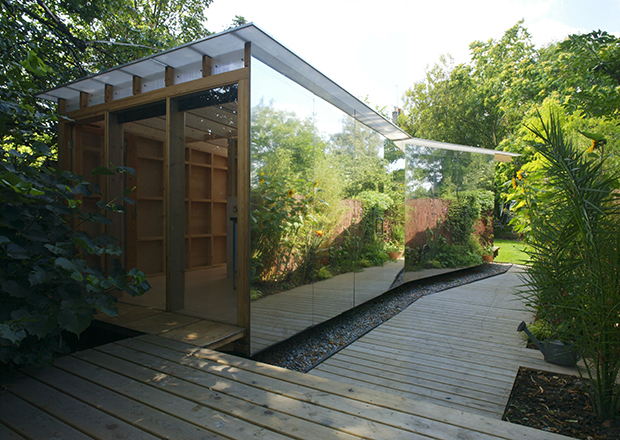
Created in 2004 beside a terraced house in London, this reflective, eight-metre long summerhouse serves as a painter’s studio, a table-tennis court and a children’s slumber-party venue. The polished stainless steel panels on the side of this timber-framed structure bounce light into family garden.
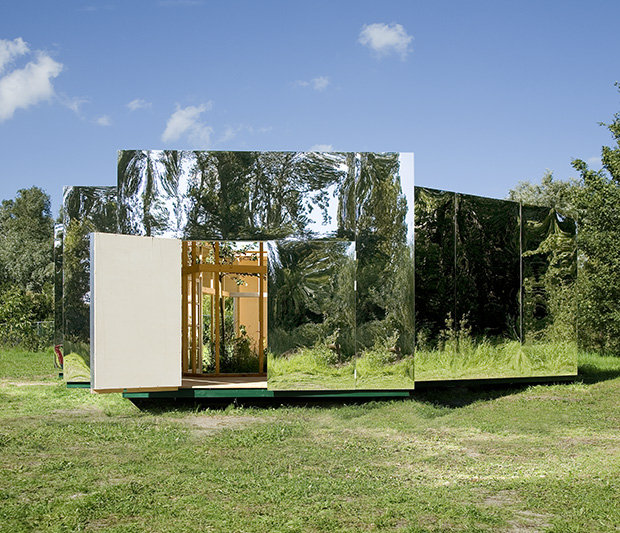
This structure, dubbed the Archive, is in essence a wooden corridor, enclosed on the inside by semi-translucent panels, and clad on the outside in with mirrored sheeting. It was one of a series of Dutch pavilions created in 2008 as part of the Atelier Malkovich ideas competition. Fitted with wooden shelves and hooks, the building was designed to serve as an archive space for a temporary garden, and even houses a small inner garden – the green heart of this studio.
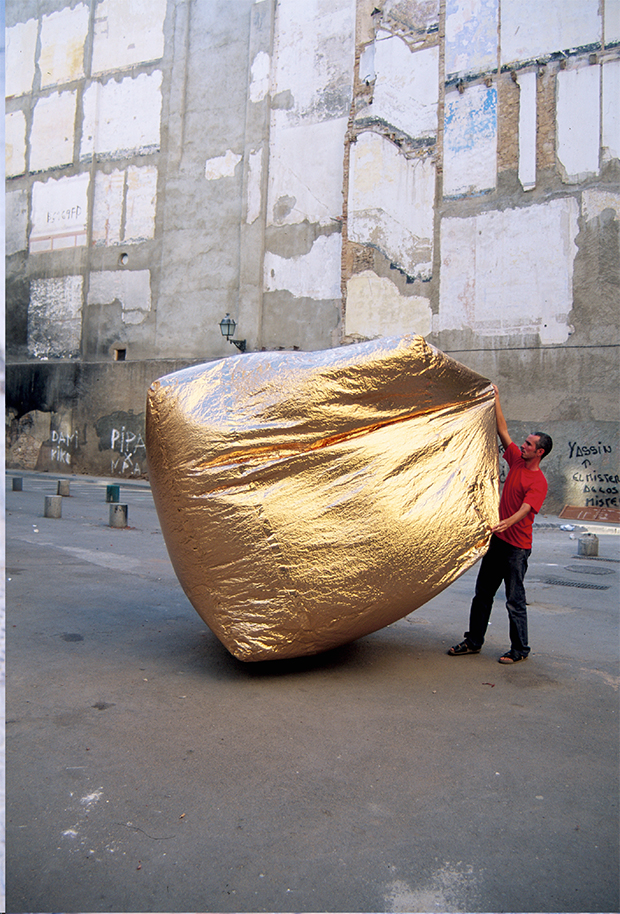
Though it barely qualifies as a building, the Basic House, created by the Spanish designer Martín Azúa raises important questions about private dwellings, home ownership and materialism. This cube of metalized polyester is small enough to fit into ones pocket, and is designed to self-inflate using the heat given off by its inhabitants, protecting its dwellers from both the sun and extreme temperatures.
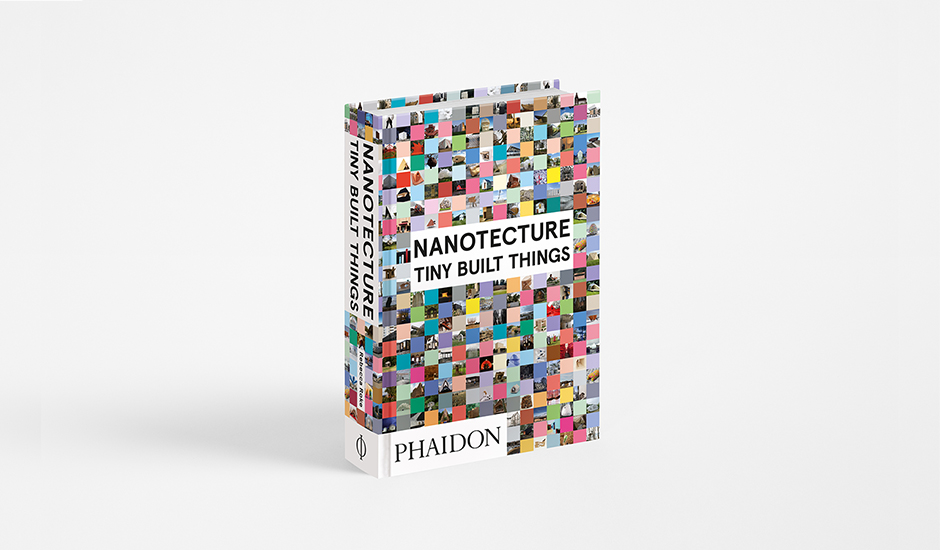
For more beautifully concieved, tiny built things, check out Nanotecture here. Meanwhile, for more small, yet innovative pieces of architecture, also consider Jutaku, which features more than 400 houses - one per page, one image per house - encompassing the sheer volume, variety and novelty of contemporary Japanese residential architecture.